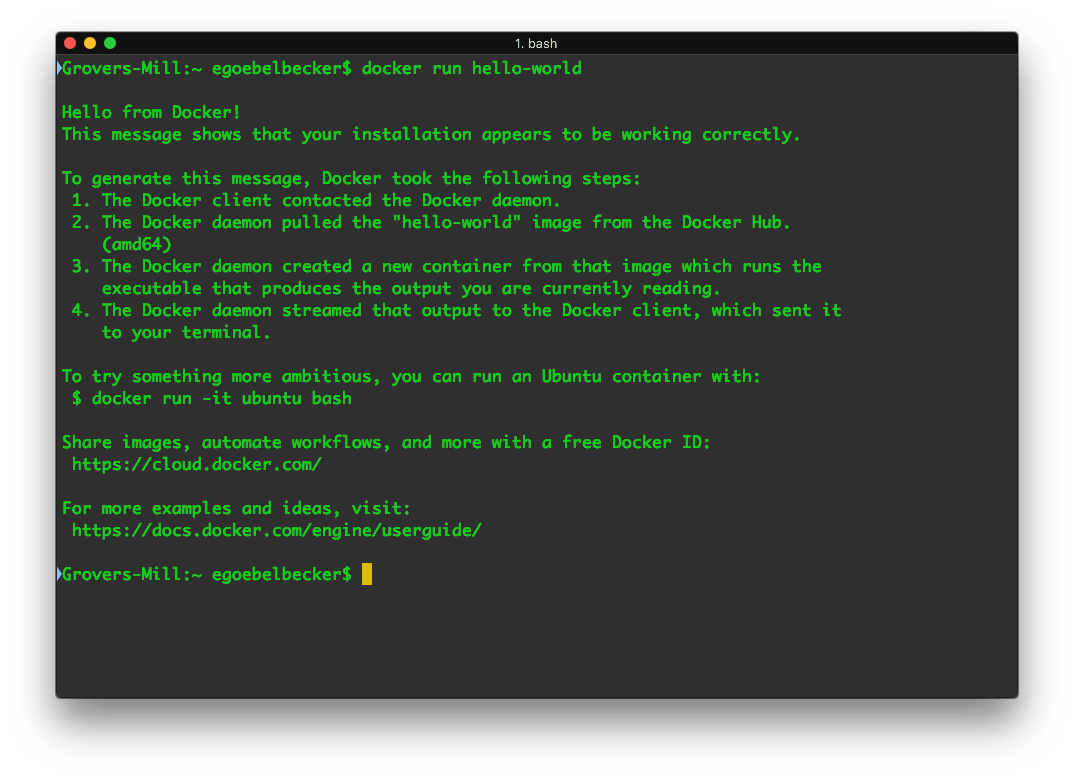
Defaults to mdb (previously hdb in image versions up to v1.1.10) LDAP_RFC2307BIS_SCHEMA Use rfc2307bis schema instead of nis schema. LDAP_READONLY_USER_PASSWORD Read only user password. LDAP_READONLY_USER_USERNAME Read only user username. Note: The read only user does have write access to its own password. LDAP_CONFIG_PASSWORD Ldap Config password. If empty automatically set from LDAP_DOMAIN value. Required and used for new ldap server only: If you don't care all environment variables can be defined in default.yaml and everything will work fine. This helps to keep your container configuration secret. Then all of these values will not be available in the container environment. This file is deleted right after startup files are processed for the first time, Variables defined in this file are only available during the container first start in startup files. See table 5.1 in for the available log levels. Variables defined in this file are available at anytime in the container environment.
#DOCKER RUN IMAGE INSTALL DIRECTORY HOW TO#
See how to set your own environment variables Default.yaml If set this will copy any files in the specified directory into the default seedingĮxample variables defined in gitlab-ci.yml:ĭocker run osixia/openldap:1.5.0 -help Environment VariablesĮnvironment variables defaults are set in image/environment/default.yaml and image/environment/. In order to seed ldif or schema files from internal path you must set the specific environment variable LDAP_SEED_INTERNAL_LDIF_PATH and/or LDAP_SEED_INTERNAL_SCHEMA_PATH. This may also work with other CI services, if they automatically mount the working directory to the services of a ci job like Gitlab ci does.


The startup script provides some substitutions in bootstrap ldif files. ldif in /container/service/slapd/assets/config/bootstrap/ldif directory if you want to overwrite image default bootstrap ldif files or in /container/service/slapd/assets/config/bootstrap/ldif/custom (recommended) to extend image config.įiles containing changeType: attributes will be loaded with ldapmodify. This image can load ldif files at startup with either ldapadd or ldapmodify. To modify your server configuration use ldap utils: ldapmodify / ldapadd / ldapdelete Seed ldap database with ldif Learn more about this issue at moby/moby#32138 Edit your server configurationĭo not edit nf it's not used.

$ firewall-cmd -add-port=636/tcp -permanent $ firewall-cmd -add-port=389/tcp -permanent
#DOCKER RUN IMAGE INSTALL DIRECTORY UPDATE#
Install QEMU If you have a Debian or Ubuntu system, you can install qemu and binfmt module with apt-get command.Īpt-get update & apt-get install -y -no-install-recommends qemu-user-static binfmt-support Anyway, this is a simple tutorial about building and running ARM images on x86 host machines.īuild ARM Images on x86 Hosts 1.

However, many of us do not have ARM machines, or we need to build and run on x86 machines for CI purposes, or we just want to have some fun. How to Build and Run ARM Docker Images on x86 Hosts Sometimes we need to build and run images for ARM architectures such as Raspberry Pi.


 0 kommentar(er)
0 kommentar(er)
